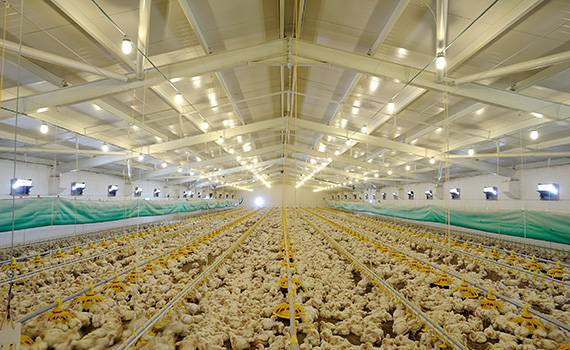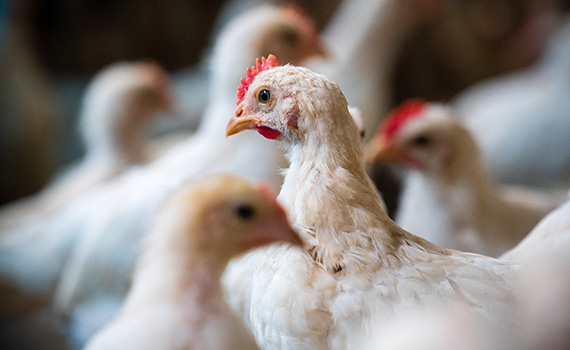Necrotic enteritis in broilers: Disease or syndrome?
Out of literally hundreds of pathogenic strains of Clostridium perfringens, one single isolate is enough to trigger a necrotic enteritis outbreak in broilers, says Steve Davis, DVM, Colorado Quality Research.
Affected flocks exhibit symptoms ranging from high mortality to reduced growth rate and feed conversion.
“We’re learning that in addition to dealing with the large number of pathogenic strains, multiple isolates — each with unique disease symptoms — can be found in the same poultry complex,” Davis told Poultry Health Today.
Without a reliable test to identify individual strains of C. perfringens, researchers are having a hard time getting a handle on which isolates are causing specific NE outbreaks.
“We know farms that have moisture and high humidity levels are more at risk, but we’ve also seen huge outbreaks in farms with new litter and top management,” Davis said. “It’s really all over the board.”
Making diagnosis and treatment more difficult, disease symptoms can vary between farms found within a single complex. While some farms experience sudden and severe mortality but very little production loss, others see reduced weight gain and feed conversion.
With more producers moving to antibiotic-free production, C. perfringens strains that were controlled by antimicrobial feed additives are becoming active in flocks resulting in more cases of NE.
“Flocks that are 100% antibiotic-free have very limited treatment options for necrotic enteritis and can really struggle,” Davis said. Birds in a complex that are not antibiotic-free have more treatment options, including water-soluble antibiotics and feed additives.
Farms with NE are more likely to see secondary infections from Salmonella or coccidiosis, Davis added. Necrotic enteritis damages the gut, opening it up for other bacteria resulting in more condemnations and higher levels of late mortality in affected flocks.
“With the number of C. perfringens pathogenic strains we’re seeing coupled with additional disease pressure from Salmonella and coccidiosis, I think NE can now be classified as a syndrome,” Davis said.
Posted on April 26, 2016
 We’re glad you’re enjoying
We’re glad you’re enjoying










